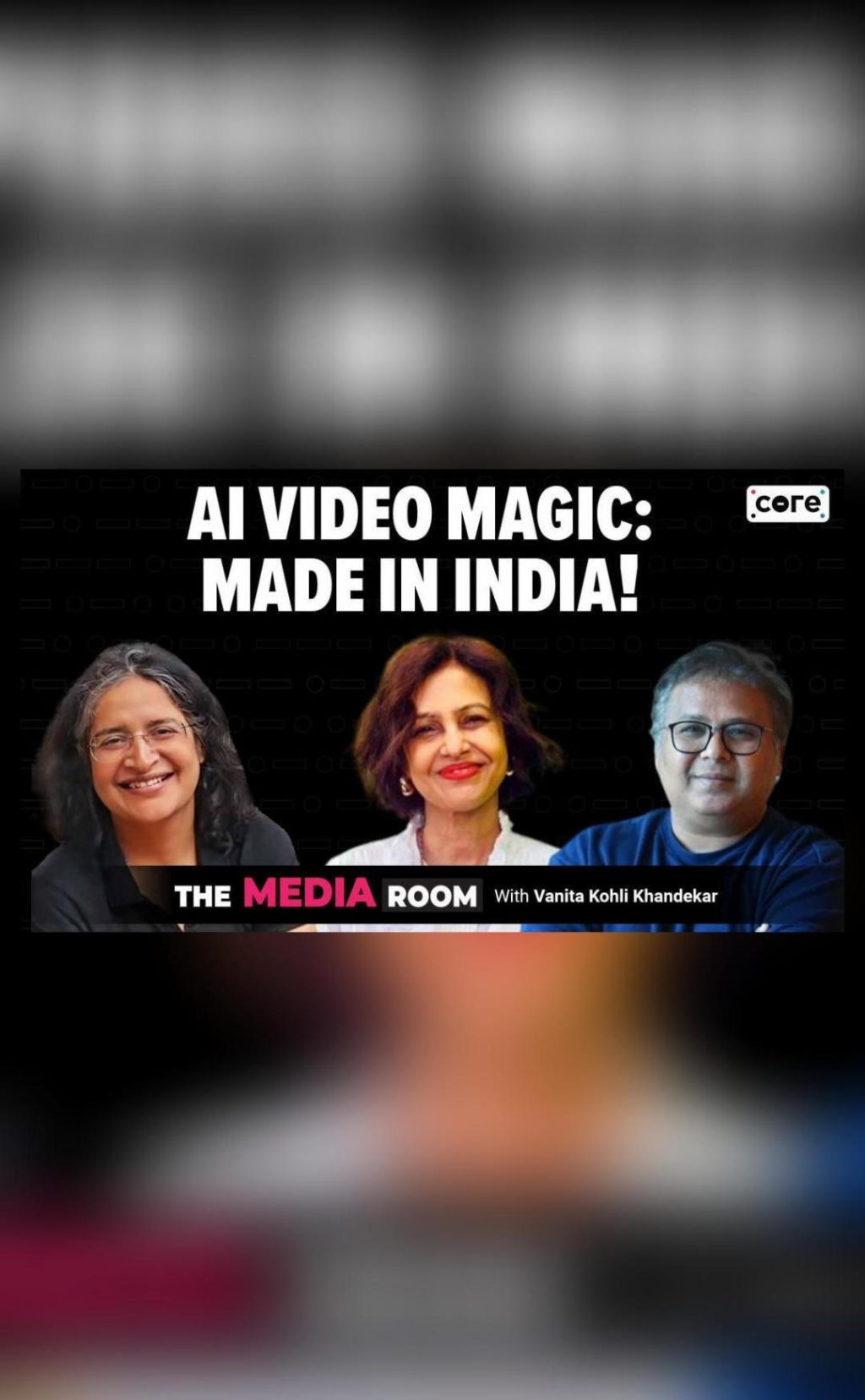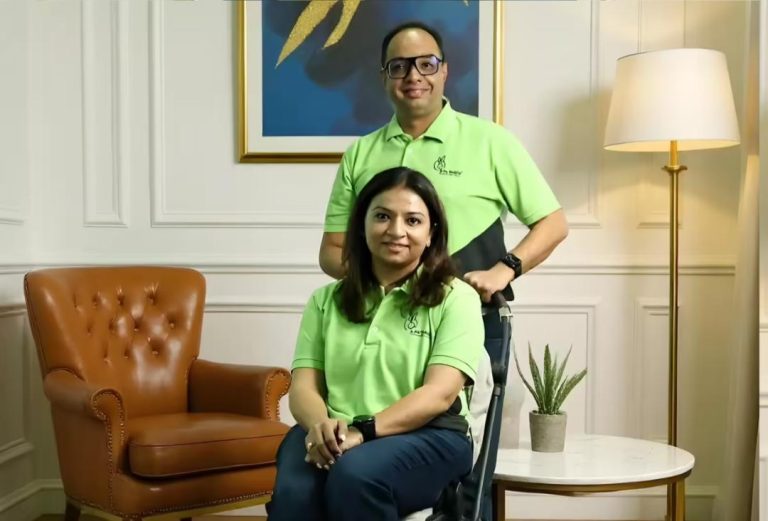
AI Video & Lip Sync Tech: Indian Media Startups Go Global
The Indian media landscape is witnessing a revolution, driven by the advent of Artificial Intelligence (AI) and its various applications in the video and media space. Indian startups are at the forefront of this revolution, leveraging AI to create innovative solutions that are not only changing the way content is consumed in India but also gaining global attention. In this blog post, we’ll explore how AI video and lip sync tech are empowering Indian media startups to go global.
The Rise of AI- Led Video Editing
One of the most significant areas where AI is making a significant impact is video editing. Indian startup Frammer is a prime example of this. Their AI-powered video editing platform enables users to rapidly edit and package long-form videos into social media-ready clips. This technology has been particularly useful for content creators, allowing them to adapt their content to various platforms and formats without compromising on quality.
Frammer’s AI algorithm analyzes the video content and automatically identifies the most engaging moments, allowing users to create shorter, more engaging clips that can be easily shared on social media platforms like Instagram, YouTube, and Facebook. This technology has been particularly popular among influencers, content creators, and educational institutions, who can use it to create engaging content that resonates with their audience.
Visual Dubbing Technology for Seamless Lip-Syncing
Another innovative solution that is gaining popularity is Neural Garage’s visual dubbing technology. This technology enables seamless lip-syncing across languages, making it possible to dub videos in multiple languages without compromising on the original audio or visual quality.
This technology has far-reaching implications for the media and entertainment industry, particularly in India, where there are multiple languages and dialects spoken across different regions. With Neural Garage’s technology, content creators can now easily dub their content in multiple languages, making it accessible to a broader audience.
Global Impact and Adoption
As these innovations gain traction globally, Indian media startups are pushing into new frontiers of content creation. Frammer’s AI-powered video editing platform has already been adopted by several major media outlets and production houses, while Neural Garage’s visual dubbing technology has been used in various projects across the globe.
The global impact of these innovations is evident in the way they are changing the way content is consumed. With AI-powered video editing, content creators can now create engaging content that resonates with their audience, regardless of the platform or format. Visual dubbing technology, on the other hand, is making it possible for content to transcend language barriers, allowing creators to reach a broader audience.
The Future of Content Creation
As AI and machine learning continue to evolve, it’s clear that the future of content creation will be shaped by these technologies. Indian media startups are at the forefront of this revolution, and their innovations are already making a significant impact globally.
In the future, we can expect to see even more sophisticated AI-powered video editing tools and visual dubbing technologies that will enable content creators to produce high-quality content that resonates with their audience. The possibilities are endless, and Indian media startups are well-positioned to capitalize on this trend.
Conclusion
In conclusion, AI video and lip sync tech are revolutionizing India’s media landscape, enabling Indian media startups to go global. Frammer’s AI-powered video editing platform and Neural Garage’s visual dubbing technology are just a few examples of the innovative solutions that are changing the way content is created and consumed.
As these innovations continue to gain traction globally, we can expect to see even more exciting developments in the future. Indian media startups are well-positioned to capitalize on this trend, and their innovations will shape the future of content creation in the years to come.
News Source:






